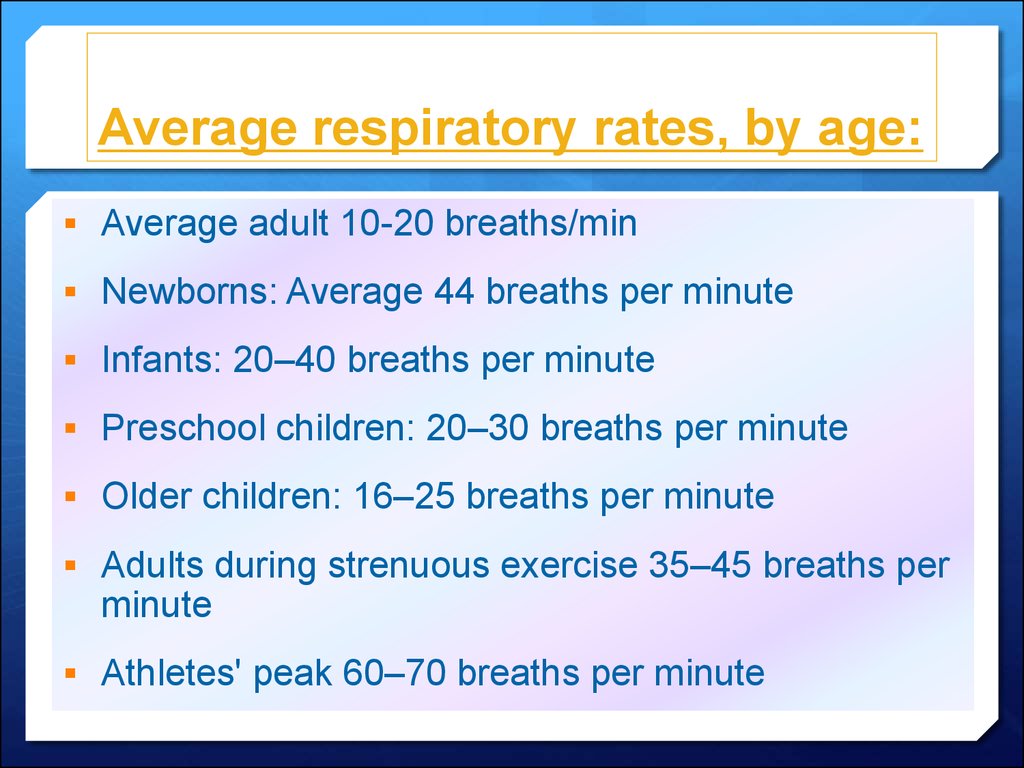

In contrast to the conducting zone, the respiratory zone includes structures that are directly involved in gas exchange. The conducting zone includes the nose and its adjacent structures, the pharynx, the larynx, the trachea, and the bronchi. The epithelium of the nasal passages, for example, is essential to sensing odors, and the bronchial epithelium that lines the lungs can metabolize some airborne carcinogens. Several structures within the conducting zone perform other functions as well. The major functions of the conducting zone are to provide a route for incoming and outgoing air, remove debris and pathogens from the incoming air, and warm and humidify the incoming air. The gas exchange occurs in the respiratory zone. The conducting zone of the respiratory system includes the organs and structures not directly involved in gas exchange (trachea and bronchi). Functionally, the respiratory system can be divided into a conducting zone and a respiratory zone. The major respiratory structures span the nasal cavity to the diaphragm. Portions of the respiratory system are also used for non-vital functions, such as sensing odors, producing speech, and for straining, such as during childbirth or coughing. The major organs of the respiratory system function primarily to provide oxygen to body tissues for cellular respiration, remove the waste product carbon dioxide, and help to maintain acid-base balance. All of these conditions affect the gas exchange process and result in labored breathing and other difficulties. A variety of diseases can affect the respiratory system, such as asthma, emphysema, chronic obstructive pulmonary disorder (COPD), and lung cancer. The cardiovascular system transports gases from the lungs to tissues throughout the body and vice versa.

Carbon dioxide is exhaled and oxygen is inhaled through the respiratory system, which includes muscles to move air into and out of the lungs, passageways through which air moves, and microscopic gas exchange surfaces covered by capillaries. You may be surprised to learn that although oxygen is a critical need for cells, it is actually the accumulation of carbon dioxide that primarily drives your need to breathe. For oxidative phosphorylation to occur, oxygen is used as a reactant and carbon dioxide is released as a waste product. This is because cells need to maintain oxidative metabolism for energy production that continuously regenerates adenosine triphosphate (ATP). A typical human cannot survive without breathing for more than 3 minutes, and even if you wanted to hold your breath longer, your autonomic nervous system would take control.


 0 kommentar(er)
0 kommentar(er)
